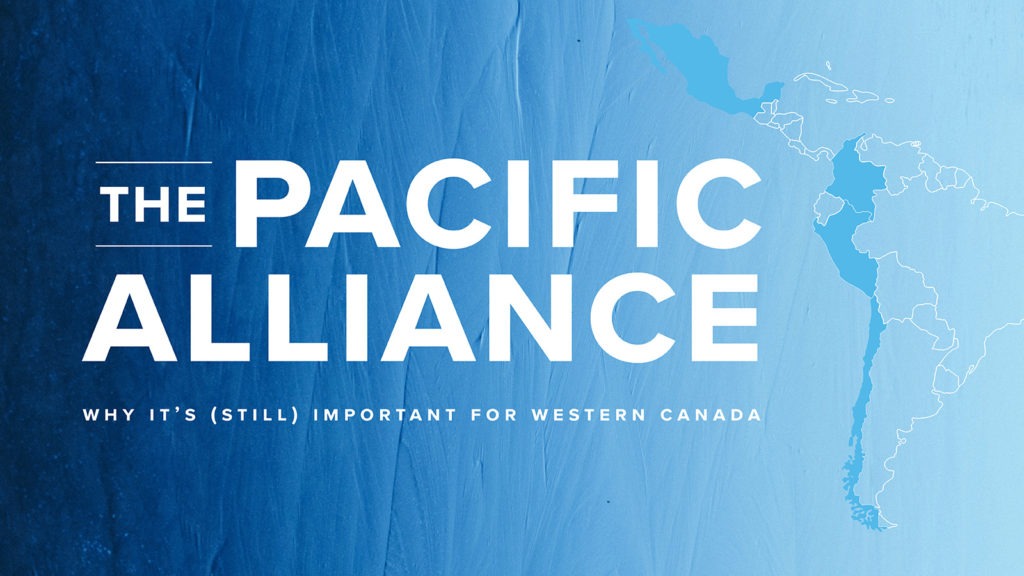Authors: Naomi Christensen and Carlo Dade
Introduction
As of the fall of 2017, Canada has three active trade negotiations underway. Uncertainty and doubt are dampening expectations of success from two of these negotiations, the North American Free Trade Agreement (NAFTA) and the Trans-Pacific Partnership Agreement without the U.S. (TPP11). The third and less-known negotiation, with the Pacific Alliance trade integration group, is now even more critical if Canada is to have any chance to diversify trade in the near term.
Canada is now an associate member of the Pacific Alliance
In June 2017, the Pacific Alliance, faced with an unwieldy and growing number of observer countries, invited four observer states – Canada, Australia, New Zealand and Singapore – to become associate members. These four associate members form a new category between the full members and the more than 50 observer countries.
A requirement of being an associate member is the negotiation of a comprehensive free trade agreement with the bloc.1 In October 2017, the first round of negotiations between Canada and the Pacific Alliance were held in Cali, Colombia.

